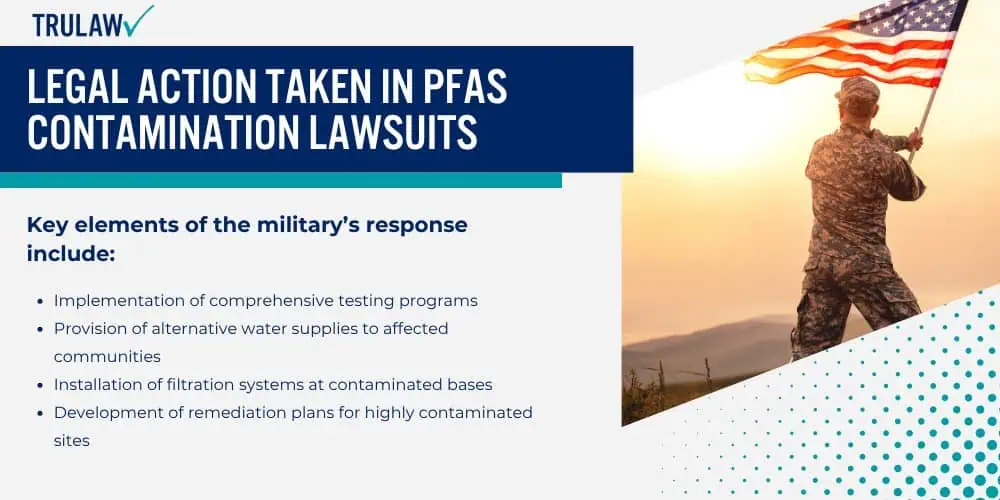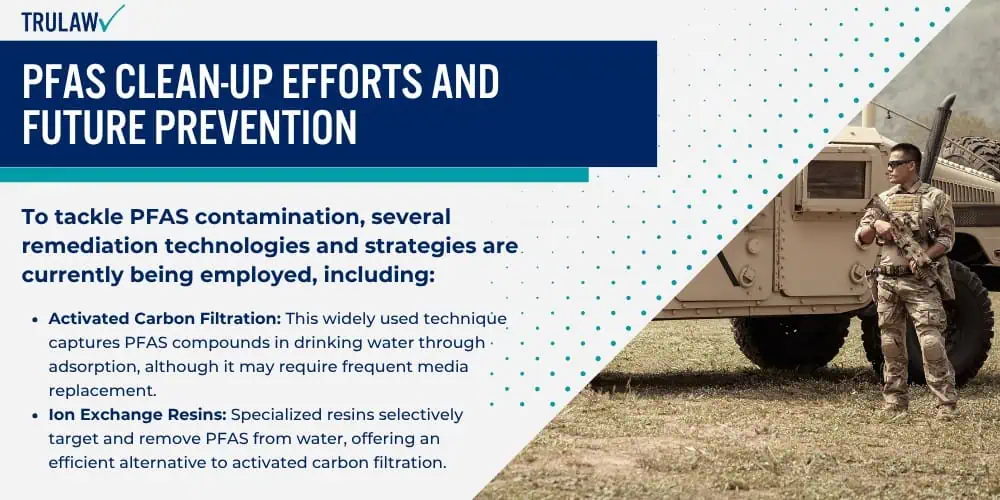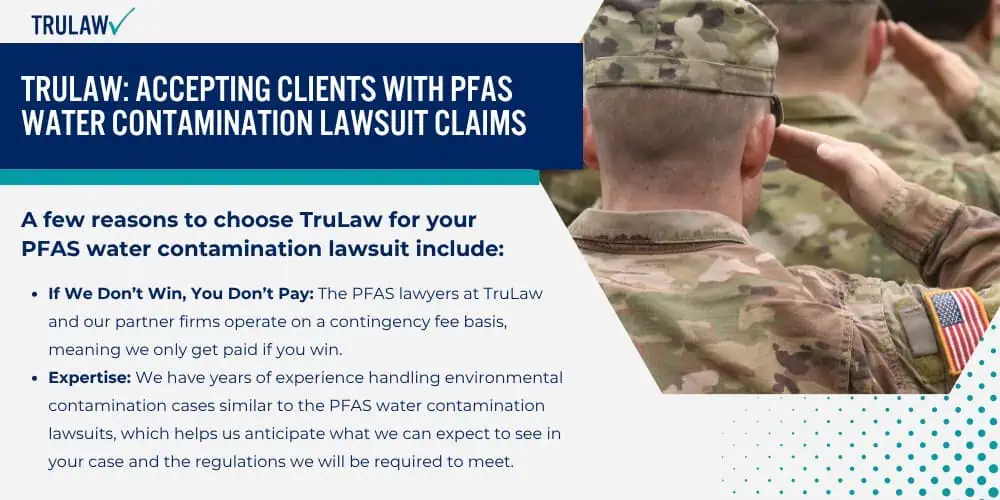The Department of Defense faces numerous PFAS lawsuits related to PFAS contamination at military installations across the United States, with cases ranging from individual health claims to large-scale environmental contamination suits.
As of March 2024, the DoD has completed preliminary site inspections for PFAS at 710 military installations and identified over 350 sites requiring further investigation.

In 2019, testimony to the Senate Committee on Environment and Public Works identified 180 military locations as “superfund sites” with PFAS contamination under the Comprehensive Environmental Response, Compensation, and Liability Act (CERCLA).
Military Response to Contamination Reports
The Department of Defense has initiated a comprehensive response program to address PFAS contamination at military installations nationwide.
The military has established a joint sampling project with the EPA to identify PFAS contamination near Army installations, with a commitment to take action when levels exceed the new Maximum Contaminant Levels (MCLs). Notable sites of contamination include Edwards Air Force Base and Cannon Air Force Base, where firefighting foams containing PFAS have led to significant environmental concerns and legal disputes over water contamination.
Environmental testing and monitoring programs have been implemented at hundreds of bases, with priority given to locations where drinking water sources may be affected.
Key elements of the military’s response include:
- Implementation of comprehensive testing programs
- Provision of alternative water supplies to affected communities
- Installation of filtration systems at contaminated bases
- Development of remediation plans for highly contaminated sites
- Coordination with state and federal environmental agencies
- Regular public updates on contamination status and cleanup efforts
The military continues to update its response protocols as new information about PFAS contamination emerges.
Compensation Programs and Claims
Multiple compensation programs have been established to address claims related to PFAS exposure at military installations. Legal disputes have arisen at Cannon Air Force Base, where adjacent dairy farms allege environmental harm from PFAS contamination linked to military activities.
PFAS compensation programs cover various categories:
- Camp Lejeune Justice Act (CLJA): The CLJA enables veterans, family members, and civilian workers who were at Camp Lejeune between 1953 and 1987 to file contamination exposure claims. Settlement amounts vary based on illness severity and exposure duration, with no minimum exposure period required.
- PFAS Medical Monitoring Program: This program provides health screenings and blood testing for individuals living within one mile of contaminated military bases. It covers both military and civilian populations and focuses on early detection of PFAS-related conditions.
- Department of Veterans Affairs Benefits: The VA offers healthcare benefits and disability compensation for veterans exposed to PFAS during military service. Coverage includes priority medical care for veterans and may extend to dependents exposed at military installations.
The military has allocated significant resources to address these claims while continuing to implement preventive measures at active installations.





